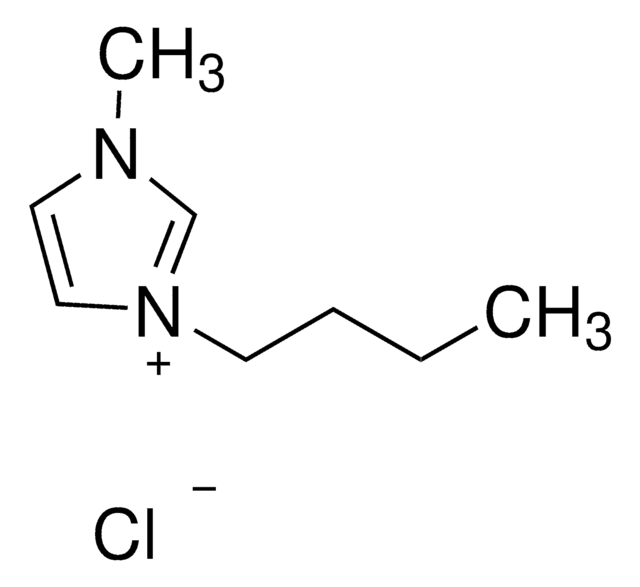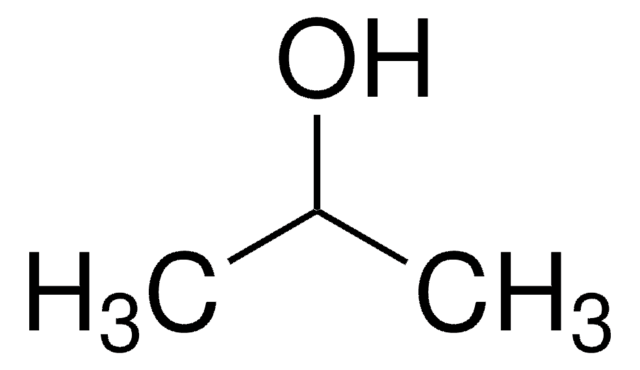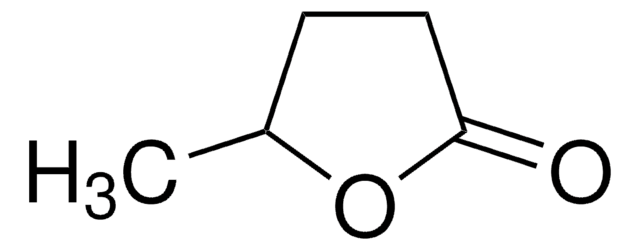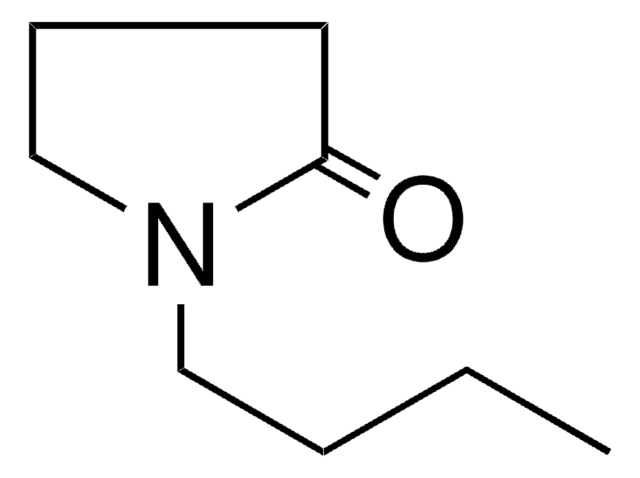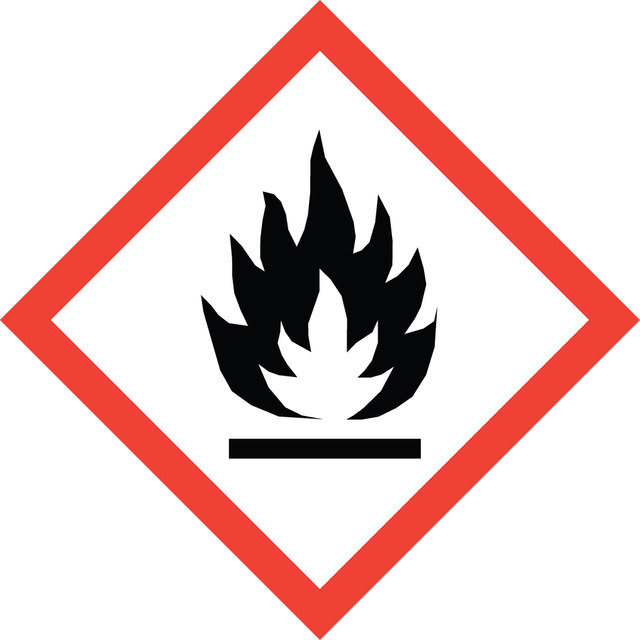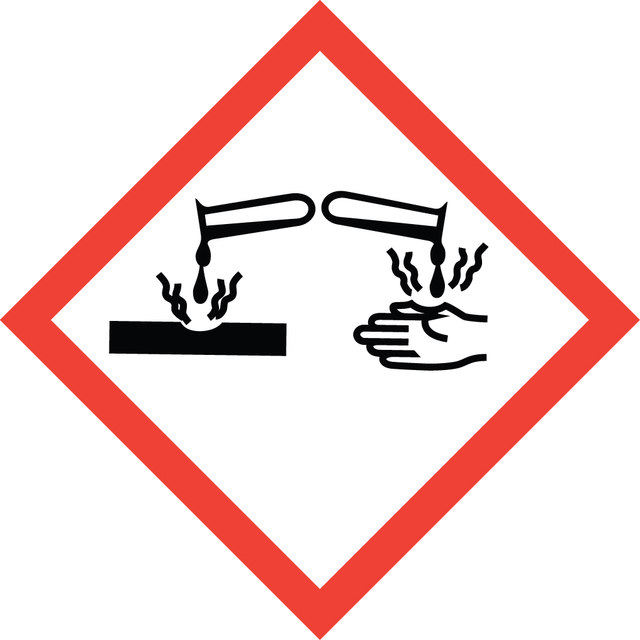901351
1-Butanol
BioRenewable, ACS reagent, ≥99.4%
Synonym(s):
n-Butanol, Butyl alcohol
Select a Size
Select a Size
About This Item
Recommended Products
grade
ACS reagent
Quality Level
vapor density
2.55 (vs air)
Assay
≥99.4%
form
liquid
autoignition temp.
649 °F
expl. lim.
11.2 %
greener alternative product characteristics
Safer Solvents and Auxiliaries
Use of Renewable Feedstocks
Learn more about the Principles of Green Chemistry.
sustainability
Greener Alternative Product
renewable carbon content
100%
Looking for similar products? Visit Product Comparison Guide
1 of 4
This Item | 360465 | 33065 | 34867 |
|---|---|---|---|
| Quality Level 200 | Quality Level 200 | Quality Level 200 | Quality Level 100 |
| assay ≥99.4% | assay ≥99.4% | assay ≥99.5% (GC) | assay ≥99.7% |
| grade ACS reagent | grade ACS reagent | grade ACS reagent, puriss. p.a. | grade - |
| form liquid | form liquid | form liquid | form liquid |
| bp 116-118 °C (lit.) | bp 116-118 °C (lit.) | bp 116-118 °C (lit.) | bp 116-118 °C (lit.) |
| vapor density 2.55 (vs air) | vapor density 2.55 (vs air) | vapor density 2.55 (vs air) | vapor density 2.55 (vs air) |
General description
This ACS grade 1-Butanol is a drop-in replacement for traditional 1-Butanol applications. Made from 100% renewable carbon (verified through C14 ASTM D6866-16 testing) and produced in an environmentally-friendly way which reduces the carbon footprint of production and reduces reliance on fossil-fuels.
It is also free from many contaminants that are present in petroleum derived 1-Butanol, such as isobutanol and aldehydes.
Application
1-Butanol may be used in applications such as:
- Extraction and purification of compounds
- Solvent in chemical synthesis
- Intermediate in polymer synthesis
- Adhesives and sealants formulation
- Coatings
Features and Benefits
- ASTM D6866 - Standard Test Methods for Determining the Biobased Content
- Renewable Carbon Content – ≥99.9%
- Made from Renewable Resource
- Replacement for Petroleum-based 1-Butanol
related product
Signal Word
Danger
Hazard Statements
Precautionary Statements
Hazard Classifications
Acute Tox. 4 Oral - Eye Dam. 1 - Flam. Liq. 3 - Skin Irrit. 2 - STOT SE 3
Target Organs
Central nervous system, Respiratory system
Storage Class Code
3 - Flammable liquids
WGK
WGK 1
Flash Point(F)
95.0 °F - Pensky-Martens closed cup
Flash Point(C)
35 °C - Pensky-Martens closed cup
Regulatory Information
Choose from one of the most recent versions:
Certificates of Analysis (COA)
Don't see the Right Version?
If you require a particular version, you can look up a specific certificate by the Lot or Batch number.
Already Own This Product?
Find documentation for the products that you have recently purchased in the Document Library.
What is a BioRenewable solvent?
BioRenewable solvents are sourced from renewable and sustainable biobased materials, such as soy/palm oil, wood waste, hay or corn byproducts, etc. It is important to highlight that our BioRenewable products do not compete with food production.
Why should you use BioRenewable solvents?
You will contribute to create a sustainable world, significantly lowering environmental impact. Biorenewable solvents also decrease petroleum sources dependency, have higher recovery rates, and/or are safer for handling and disposal.
Do BioRenewable solvents have a similar quality to petroleum-based solvents?
BioRenewable solvents can have the same or higher purity level compared to traditional solvents. These solvents are free of the many byproducts of petroleum manufacturing, such as benzene, aldehydes, and ethers.
Related Content
Why should you have to choose between solvents that are ecological and those that are reliable? Enjoy both at once with our biorenewable and greener solutions. Cyrene™ solvent is a new dipolar aprotic alternative to common REACH restricted solvents, such as N methyl-2-pyrrolidone (NMP) and Dimethylformamide (DMF).
Our team of scientists has experience in all areas of research including Life Science, Material Science, Chemical Synthesis, Chromatography, Analytical and many others.
Contact Technical Service